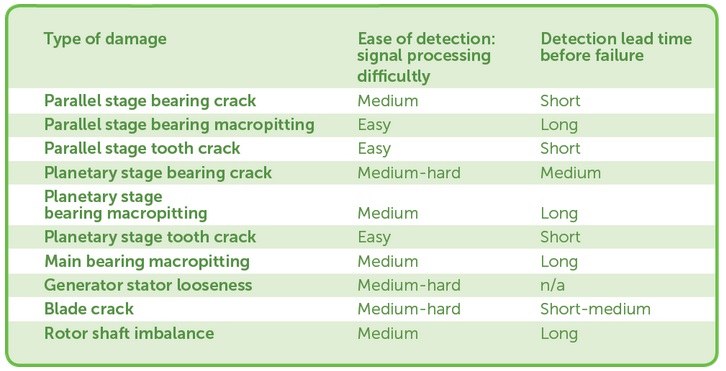

#EASE DIAGNOSTICS CRACK CRACKED#
Habits that might contribute to cracked teeth are clenching or grinding, chewing ice, pen, hard candy, or other similar objects. Patients who have an existing cracked tooth are likely to have other cracked teeth.

Many dentists would have evaluated them without a conclusive diagnosis. It is also important to note that there can be instances when the patient may also remain asymptomatic for a long period. Occasionally, there is sensitivity to sweets. Patients with a previous incidence of CTS can frequently self-diagnose their condition. Besides pain on biting, the patient will also experience sensitivity to thermal changes, particularly cold. The patient will give a history of pain on biting on a particular tooth, often occurring with foods that have small, discrete, harder particles in them, for example, bread with hard seeds or muesli. There may be a history of a course of extensive dental treatment involving repeated occlusal adjustments or replacement of restorations, which fail to eliminate symptoms. When eliciting the history from the patient, certain distinct clues can be obtained. Recurrent debonding of cemented intracoronal restorations such as inlays may indicate the presence of underlying cracks. The pain may sometimes occur following dental treatments, such as cementation of an inlay, which may be erroneously diagnosed as interferences or high spots on the new restoration. The tooth often has an extensive intracoronal restoration. Mandibular second molars, followed by mandibular first molars and maxillary premolars are the most commonly affected teeth. The ease of diagnosis varies according to the position and extent of the fracture. Early diagnosis is paramount as restorative intervention can limit propagation of the fracture, subsequent microleakage, and involvement of the pulpal or periodontal tissues, or catastrophic failure of the cusp.

Thus, diagnosis can be time consuming and represents a clinical challenge. Identification can be difficult because the discomfort or pain can mimic that arising from other pathologies, such as sinusitis, temperomandibular joint disorders, headaches, ear pain, or atypical orofacial pain. Diagnosing CTS has been a challenge to dental practitioners and is a source of frustration for both the dentist and the patient.


 0 kommentar(er)
0 kommentar(er)
